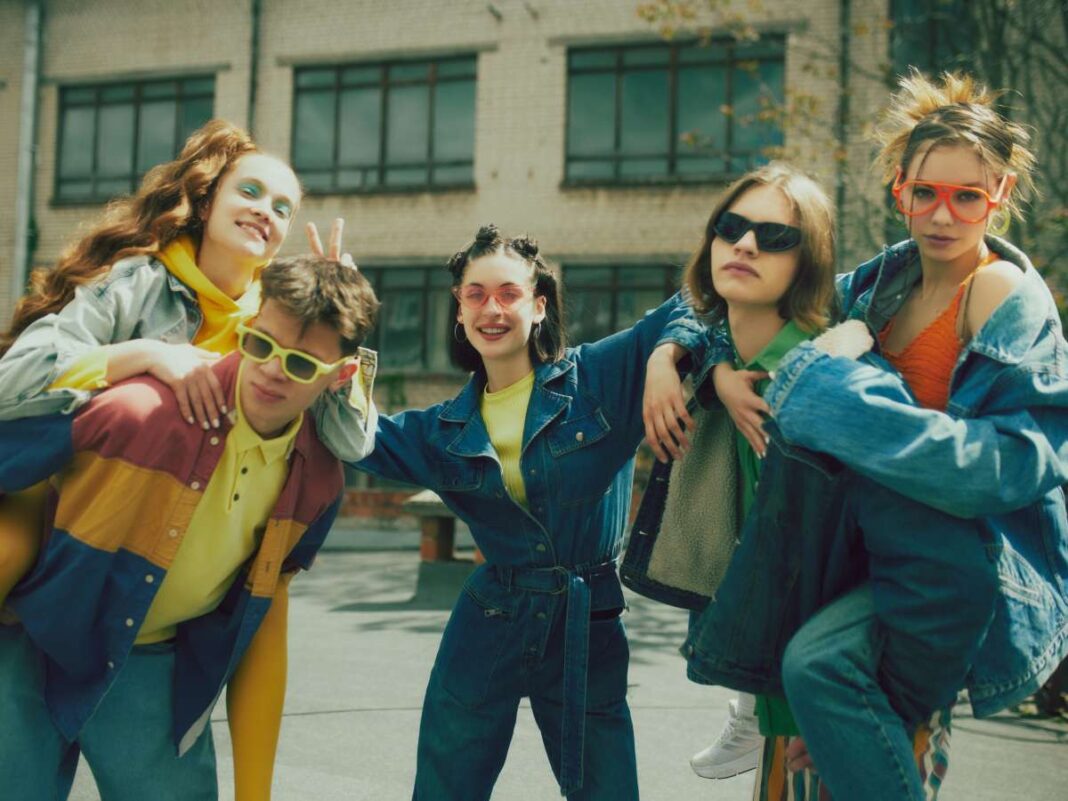In recent years, there’s been an undeniable resurgence of the 90s and early 2000s in pop culture. From fashion runways to music charts, television reboots to social media trends, it seems that the styles, sounds, and sentiments of those decades are more present than ever. But why are we so eager to revisit this period? What is driving this collective yearning for the recent past? Let’s look into the factors fueling this “Retro Renaissance.”
The Cultural Impact of Nostalgia
Nostalgia has always been a powerful force in shaping culture. It allows us to reconnect with fond memories and provides comfort during uncertain times. The resurgence of 90s and early 2000s trends is a testament to the emotional connection many have with that era. This nostalgia is not just about reminiscing; it’s influencing modern expressions of art, fashion, and media. The desire to relive cherished memories through pop culture is more than a trend—it’s a significant movement impacting the way we consume and create.
The Music Revival
Artists today are drawing heavily from the sounds of the 90s and early 2000s. The return of pop-punk and emo genres has been particularly noticeable. Musicians like Olivia Rodrigo, Machine Gun Kelly, and YUNGBLUD are leading this revival with tracks that echo the angst and energy of the era. Their music features angsty lyrics and crunchy guitar riffs reminiscent of bands like Blink-182 and My Chemical Romance. This revival isn’t just about sound; it’s about tapping into the emotions and experiences that defined a generation’s youth.
Fashion Comeback
Fashion is cyclical, and the trends of the 90s and 2000s are making a bold return. Iconic styles such as low-rise jeans, butterfly clips, velour tracksuits, and chunky sneakers have reappeared on runways and in streetwear. Influencers on platforms like TikTok and Instagram are showcasing contemporary takes on 2000s styles, merging nostalgia with modern fashion sensibilities. Brands are reissuing classic designs, appealing to both those who experienced these trends the first time around and younger generations discovering them anew.
Television and Media Trends
The screens are also filled with nods to the past. Reboots and remakes of popular shows like “Friends”, “The Fresh Prince of Bel-Air”, and “Full House” are bringing beloved characters back to life. Streaming platforms have made it easier to access classic episodes, and new adaptations are introducing these stories to a new audience. This phenomenon highlights our yearning for familiar stories that provide comfort in a rapidly changing world.
Social Media and Technology’s Role
Social media is at the forefront of this nostalgia wave. Platforms like TikTok and Instagram are flooded with throwback challenges, filters that mimic the aesthetics of disposable cameras, and hashtags like #ThrowbackThursday. Users are engaging with content that allows them to share and relive past experiences, fostering a sense of community among those who grew up in that era. The digital landscape has become a time capsule, preserving and promoting the cultural artifacts of the 90s and 2000s.
Psychological Reasons for Nostalgia
The appeal of nostalgia goes beyond mere trendiness. Psychologically, revisiting the past can provide comfort and stability. Nostalgia acts as a comforting refuge, especially during uncertain times, evoking happiness and warmth. It can bolster self-esteem and reinforce personal identity by reconnecting us with positive experiences from our youth. In a world where things can feel unpredictable, the familiarity of the past offers a reassuring anchor.
The Nostalgia Pendulum
One theory that explains this cyclical return to past trends is the “nostalgia pendulum.” According to Patrick Metzger, pop culture operates on a 30-year cycle of nostalgia, where styles and ideas from three decades prior resurface. This cycle is driven by generational shifts; as people who grew up during a certain time reach adulthood, they become creators and consumers who infuse their work with influences from their formative years. The 30-year gap allows for enough distance to romanticize the past while making it ripe for revival.
Conclusion
The dominance of 90s and 2000s nostalgia in today’s pop culture is a multifaceted phenomenon. It’s a blend of emotional longing, cyclical fashion trends, media revival, and technological facilitation. Whether it’s through music that channels teenage angst, fashion that revives iconic looks, or television that brings back favorite characters, this Retro Renaissance is about more than looking back—it’s about finding comfort, creativity, and connection in familiar touchstones. As we continue to navigate the complexities of the present, revisiting the past offers both solace and inspiration. So dig out those old mixtapes, dust off your velour tracksuit, and embrace the nostalgia that’s shaping the culture of today.

